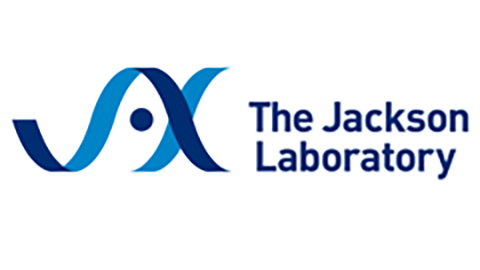Notch2 governs the rate of generation of mouse long- and short-term repopulating stem cells.
Document Type
Article
Publication Date
2011
Keywords
Bone-Marrow-Cells, Cell-Differentiation, Cells-Cultured, Ligands, Mice, Mice-Transgenic, Microscopy-Fluorescence, Receptor-Notch1, Receptor-Notch2, Regeneration, Signal-Transduction, Stem-Cells
JAX Source
J Clin Invest 2011 Mar; 121(3):1207-16.
First Page
1207
Last Page
1216
Abstract
HSCs either self-renew or differentiate to give rise to multipotent cells whose progeny provide blood cell precursors. However, surprisingly little is known about the factors that regulate this choice of self-renewal versus differentiation. One candidate is the Notch signaling pathway, with ex vivo studies suggesting that Notch regulates HSC differentiation, although a functional role for Notch in HSC self-renewal in vivo remains controversial. Here, we have shown that Notch2, and not Notch1, inhibits myeloid differentiation and enhances generation of primitive Sca-1(+)c-kit(+) progenitors following in vitro culture of enriched HSCs with purified Notch ligands. In mice, Notch2 enhanced the rate of formation of short-term repopulating multipotential progenitor cells (MPPs) as well as long-term repopulating HSCs, while delaying myeloid differentiation in BM following injury. However, consistent with previous reports, once homeostasis was achieved, neither Notch1 nor Notch2 affected repopulating cell self-renewal. These data indicate a Notch2-dependent role in assuring orderly repopulation by HSCs, MPPs, myeloid cells, and lymphoid cells during BM regeneration.
Recommended Citation
Varnum FB,
Halasz LM,
Sun M,
Gridley T,
Radtke F,
Bernstein ID.
Notch2 governs the rate of generation of mouse long- and short-term repopulating stem cells. J Clin Invest 2011 Mar; 121(3):1207-16.

